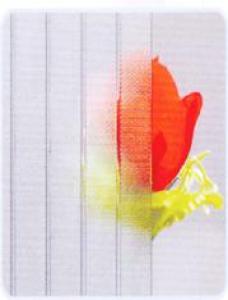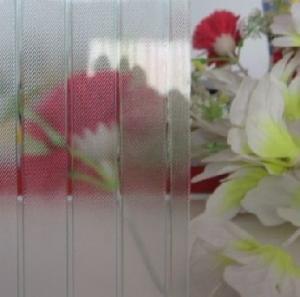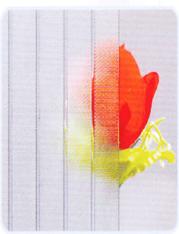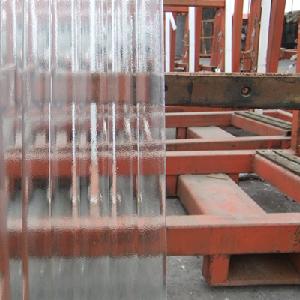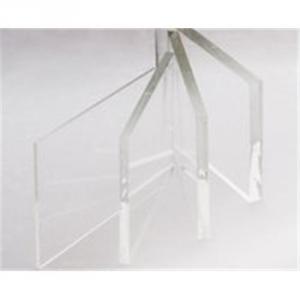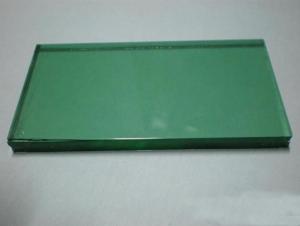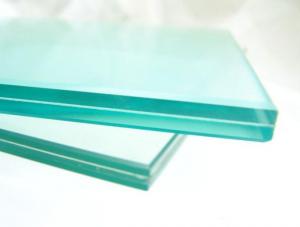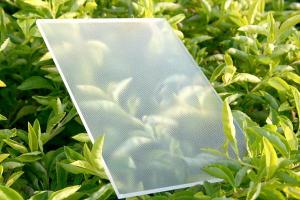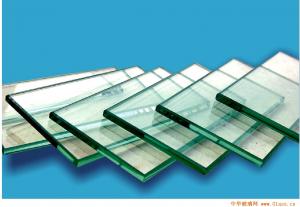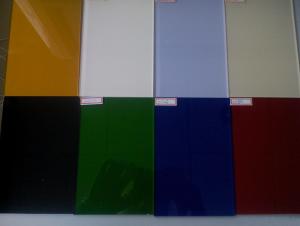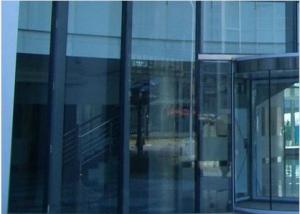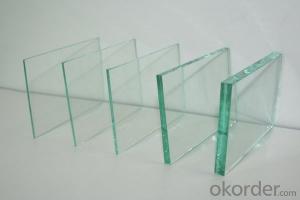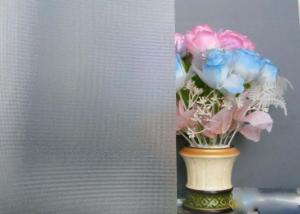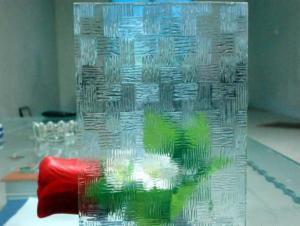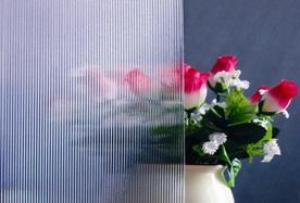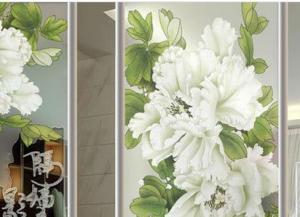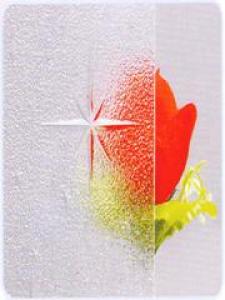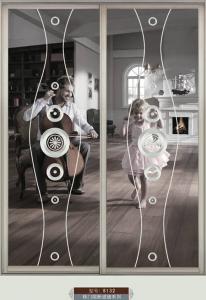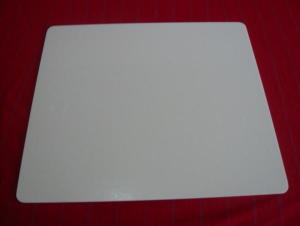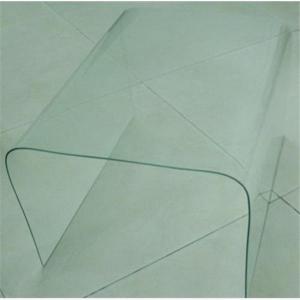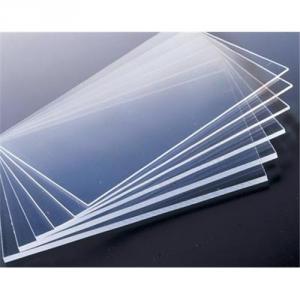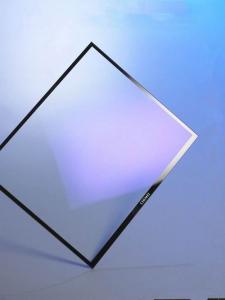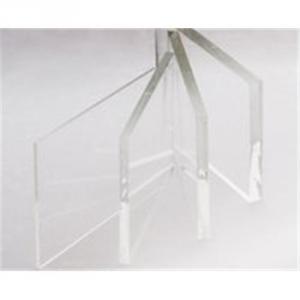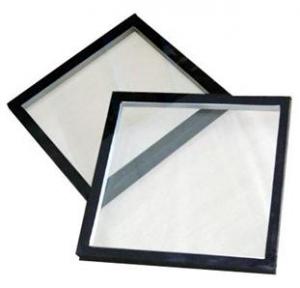Patterned Glass-Masterlite
- Loading Port:
- China Main Port
- Payment Terms:
- TT or L/C
- Min Order Qty:
- 100 m²
- Supply Capability:
- 10000 m²/month
OKorder Service Pledge
OKorder Financial Service
You Might Also Like
Patterned Glass is a kind of decorative translucent flat glass with embossed patterns on one or both surfaces. With the special properties of decorations, patterned glass can fully allow the light to pass through and on the other hand it can limit or prevent a clear view effectively, leading to a good "secret" result and a beautiful decorative effect.
Features:
1. Diversified and colorful patterns including Karatachi, Flora, Mistlite, Nashiji, Kasumi, Chinchilla, Moran, Aqualite, Masterlite, Millennium, Raindown, etc.
2. Distinctive and original design.
3. Stereoscopic effects and never-fading patterns.
4. Easy to be processed (cutted, ground, drilled, tempered, laminated, screen-printed, etc.)
Patterns for you to choose from:
Karatchi, Flora, Muro/Mora, Mistlite, etc.
Specifications:
Thickness: 3-5.5mm
Size: customized size
Applications:
Patterned Glass is widely used in all kinds of public and private places, such as offices, meeting rooms, hotels, hospitals, gymnasiums, bathrooms, washrooms, etc. It can also be applied in inlaid doors, glass furniture, shower rooms, colored crystal glass, glass partitions, bathroom doors and windows and other areas.
- Q: What is the raw material of glass products?
- Ordinary glass raw materials are soda ash (sodium carbonate), limestone (calcium carbonate) and silica, after a high temperature reaction, the products are mainly sodium silicate, calcium silicate and silica
- Q: What are the aluminum films used in glass processing enterprises?
- (1) the enterprise purchase and acceptance of storage materials, the planned cost or actual cost, debit "raw material" subjects, according to the actual cost of credit "material procurement" or "goods in transit" subjects, according to the difference between the planned cost and actual cost, debit or credit "material cost difference" course.
- Q: Is acrylic organic glass?Which is more expensive, acrylic or plexiglass?
- Organic glass is an important heat, a development of earlier plastic, with transparency, chemical stability and good weathering resistance, easy to dye, easy processing, beautiful appearance, is widely used in the construction industry. The plexiglass product usually can be divided into casting plate, plastic extrusion board and the mold.Acrylic is much more expensive than plexiglass
- Q: The glass door in the shower room is too heavy. What material can be substituted, which is as transparent as glass but lighter than glass?
- You can use the transparent acrylic plate, acrylic plexiglass (acrylic) history in the early 20s, Solomon ha company first invented a new method of acrylic plate used for the polymerization of MMA, the board later called "Oroglas/Plexiglas"
- Q: What material can not be sprayed on the glass?
- 1.. First spray the glass and then stick it on the outside with a transparent adhesive tape..2. uses the special printing ink for the glass product, 3. uses the glass glue to adjust the soluble pigment and the dye toner. 4. go to the print shop and do the writing, then glue it on. I hope my answer will be of some help to you
- Q: Is glass steel pipe used for re examination?
- Before the start (the conditions have started the construction permit (data): the construction unit construction organization design (provided), including the report of the examination table, the examination table), commencement report (Commencement approval), engineering geological survey report, the construction site quality management inspection record (Trial), the quality of personnel qualification certificates (collection aproval), special trades license (collection report), measurement line (Trial)
- Q: The difference between glass wool, rock wool, mineral wool
- Originated in Hawaii. Rock wool products are high-quality basalt, dolomite as the main raw material, the high temperature above 1450 DEG after melting by four axis high speed centrifugal centrifuge international advanced fiber, and spray with a certain amount of binder, dustproof oil, water repellent cotton collector after collection, through the pendulum method, and three-dimensional method after cotton spreading curing, cutting, rock wool products form different specifications and applications.
- Q: What kind of glass is smoked glass?
- Glass material mainly has three parts: basic material, flux and colorant, and also includes decoloring agent, clarifying agent and corrosion inhibitor
- Q: What is inorganic glass?Want to be a fish tank, where can I find inorganic glass?
- Organic glass fiber reinforced plastics are polymers, PMMA, molded or extruded, or poured directly from the monomer MMA. The inorganic glass is quartz glass, which is what we usually see
- Q: What are the raw materials for producing edible glass bottles (such as pickles bottles, fermented beancurd bottles, etc.), and glass is the kind of glass material?
- To the Chinese packaging bottle net glass bottle information, take a look at it, are glass bottle production technology and so on related articles, the only domestic bottle site.
1. Manufacturer Overview
| Location | Hebei, China |
| Year Established | 1999 |
| Annual Output Value | US$ 5 Million - US$ 10 Million |
| Main Markets | 55.00% Domestic Market 10.00% Mid East 5.00% Western Europe 5.00% Africa 5.00% Southeast Asia 3.00% South Asia 3.00% Eastern Asia 3.00% Eastern Europe 3.00% South America 3.00% North America 2.00% Southern Europe 1.00% Northern Europe 1.00% Central America 1.00% Oceania |
| Company Certifications | ISO 9001:2008;ISO 14001:2004 |
2. Manufacturer Certificates
| a) Certification Name | |
| Range | |
| Reference | |
| Validity Period |
3. Manufacturer Capability
| a) Trade Capacity | |
| Nearest Port | Tianjin, Qingdao |
| Export Percentage | 41% - 50% |
| No.of Employees in Trade Department | 3-5 People |
| Language Spoken: | English, Chinese |
| b) Factory Information | |
| Factory Size: | 5,000-10,000 square meters |
| No. of Production Lines | Above 10 |
| Contract Manufacturing | OEM Service Offered |
| Product Price Range | Low and/or Average |
Send your message to us
Patterned Glass-Masterlite
- Loading Port:
- China Main Port
- Payment Terms:
- TT or L/C
- Min Order Qty:
- 100 m²
- Supply Capability:
- 10000 m²/month
OKorder Service Pledge
OKorder Financial Service
Similar products
Hot products
Hot Searches
